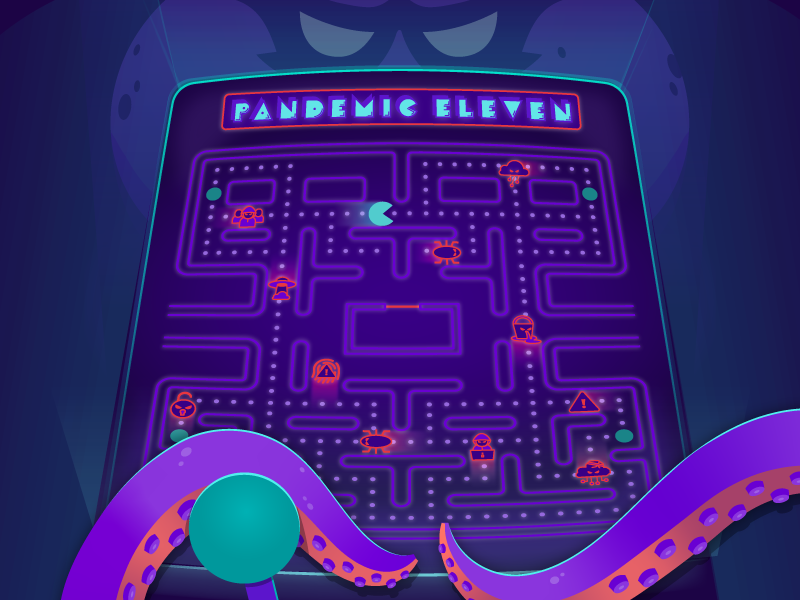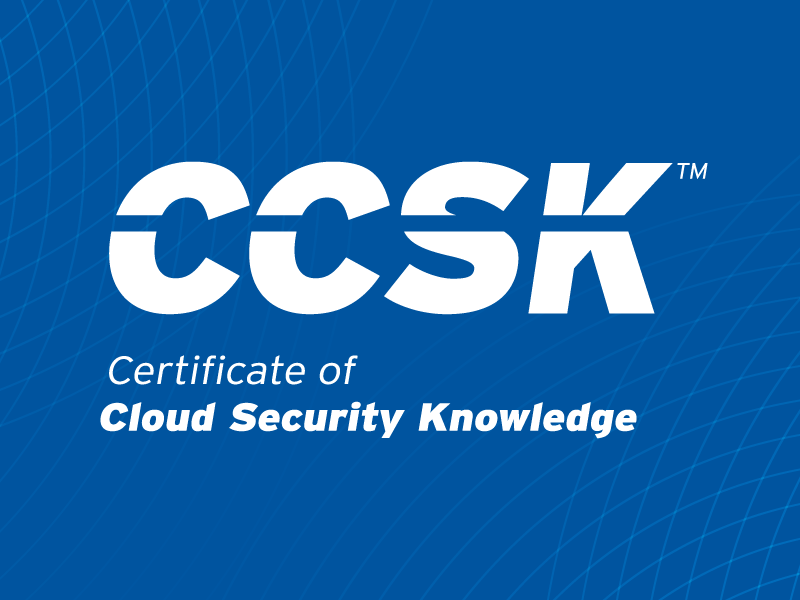Understanding Zero Trust Security Models - A Beginners Guide
Published 04/24/2025
Written by Abel E. Molina, Cybersecurity Architect, Softchoice.
In today's fast-changing digital world, old ways of protecting data aren't enough anymore. As cyber threats get smarter, companies are using Zero Trust Security Models to keep their information safe. This new way of thinking means "never trust, always verify," making sure everything is secure.
Why Zero Trust Security Models Are Important
Zero Trust Security Models work on the idea that threats can come from anywhere, both outside and inside the network. So, no one and nothing is automatically trusted. This helps fix the problems of old security methods that mostly defended the outer edges of the network.
Stopping Threats Inside and Outside
One big benefit of Zero Trust is that it helps stop threats from inside the company. Whether someone is trying to be harmful or just makes a mistake, Zero Trust checks every access request to make sure no one misuses their permissions.
Fitting Modern Digital Workplaces
With more people working remotely, using cloud services, and connecting many devices (Internet of Things or IoT), company networks are spread out more than before. Zero Trust is great for these situations because it offers strong security for different and spread-out environments.
How to Implement Zero Trust Security Models
Putting Zero Trust Security Models into practice involves several key parts and steps. These make sure the "never trust, always verify" rule is a part of the company's security setup. Start with:
Identity and Access Management (IAM)
IAM systems are important for Zero Trust because they verify who users and devices are. Using methods like multi-factor authentication (MFA) and single sign-on (SSO) helps improve security by asking for more than one form of proof before allowing access.
Micro-Segmentation
Micro-segmentation breaks the network into smaller, separate parts, which limits the spread of threats within the network. This way, even if a breach happens, its effect is small and contained.
Continuous Monitoring and Analytics
Continuous monitoring means always checking user activities and network traffic to find anything unusual or potentially harmful. Using advanced analytics and machine learning helps quickly spot and respond to security problems.
Least Privilege Access
Applying the least privilege principle means giving users only the minimum access they need to do their jobs. This reduces the risk of unauthorized access and limits the damage from compromised accounts.
How Have Some Business Implemented Zero Trust?
Many companies have successfully used Zero Trust Security Models, showing how effective they are in protecting against cyber threats.
Google's BeyondCorp
Google's BeyondCorp is a leading example of Zero Trust in action. It gets rid of traditional VPNs by treating all network traffic as untrusted. Employees access apps through secure gateways that check their identities and device health before allowing access.
Microsoft's Zero Trust Architecture
Microsoft uses Zero Trust principles across its cloud services and internal networks. The company has strong threat detection and response systems, along with solid identity and access management, to keep operations secure.
Netflix's Micro-Segmentation Strategy
Netflix uses micro-segmentation in its cloud system to protect its many services and data. By separating workloads and enforcing strict access controls, Netflix reduces the risk of threats moving sideways and improves its overall security.
Conclusion
As cyber threats keep changing, using Zero Trust Security Models is becoming essential for modern organizations. By focusing on continuous verification, micro-segmentation, and least privilege access, Zero Trust offers a strong security framework for today's complex digital environments. The successful use of Zero Trust by big companies like Google, Microsoft, and Netflix highlights its value in boosting cybersecurity and protecting important assets.
Modern organizations need to make Zero Trust a key part of their security strategy to stay ahead of threats and keep their digital operations safe.
About the Author
Abel E. Molina is a Cybersecurity Architect for Softchoice. He has over 20 years of experience in the IT industry, specializing in security, cloud, hybrid, and server solutions. He has worked in several roles as an IT consultant engineer, a security engineer, a solutions architect, and a subject matter expert for Microsoft. His dedication to security and zero trust principles has made him an invaluable asset to major enterprises across North America as they transition and implement zero trust frameworks.
Email: abel.molina@icloud.com
LinkedIn: Abel Molina | LinkedIn
Location: Toronto, Canada
Unlock Cloud Security Insights
Subscribe to our newsletter for the latest expert trends and updates
Related Articles:
Zero Trust for OT in Manufacturing: A Practical Path to Modern Industrial Security
Published: 12/08/2025
Microsoft Entra ID Vulnerability: The Discovery That Shook Identity Security
Published: 12/08/2025
Why Compliance as Code is the Future (And How to Get Started)
Published: 12/04/2025
Killing Standing Privileges: Why Just-in-Time Access is the Future of PAM
Published: 12/04/2025





.jpeg)
.jpeg)
.jpeg)
.jpeg)